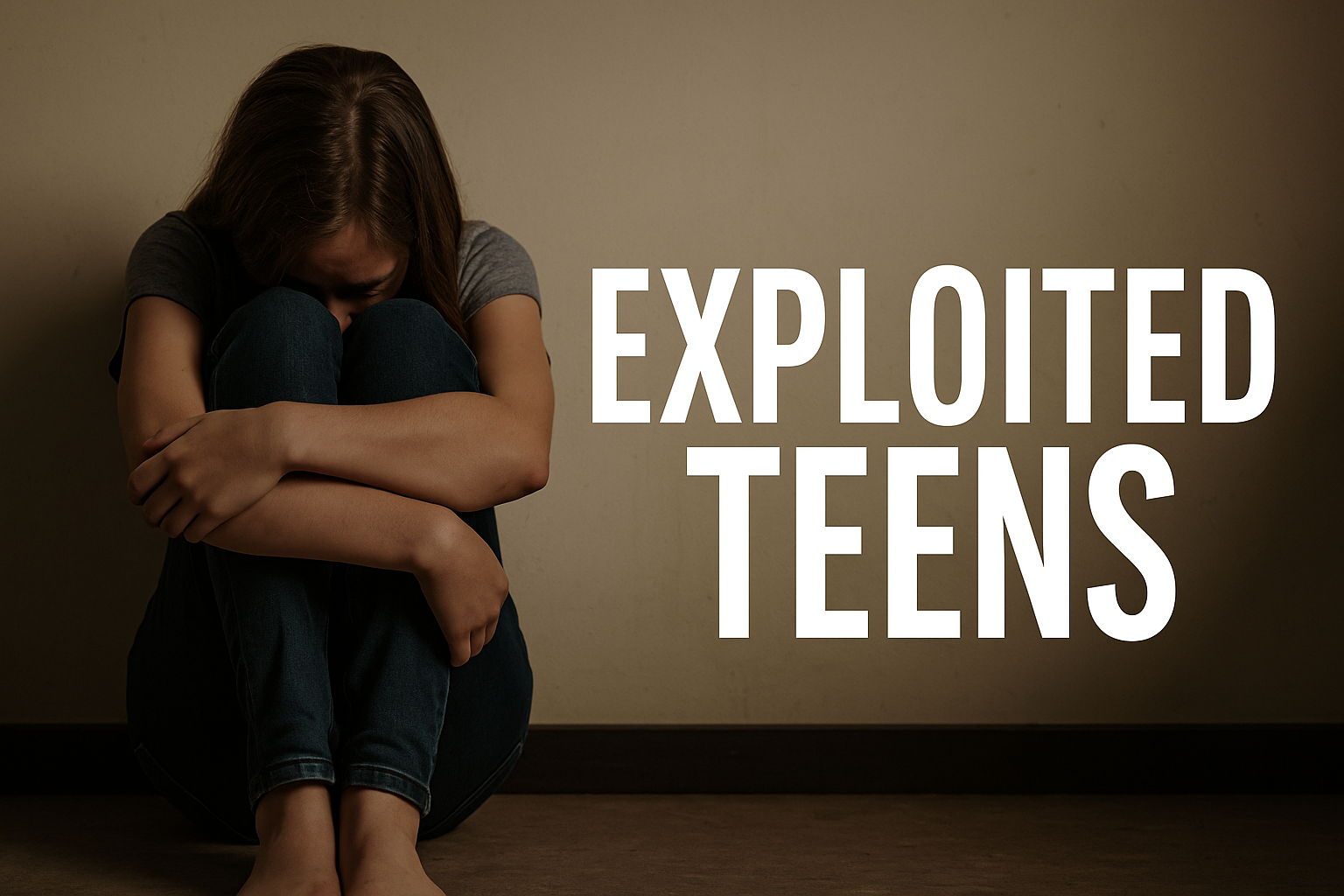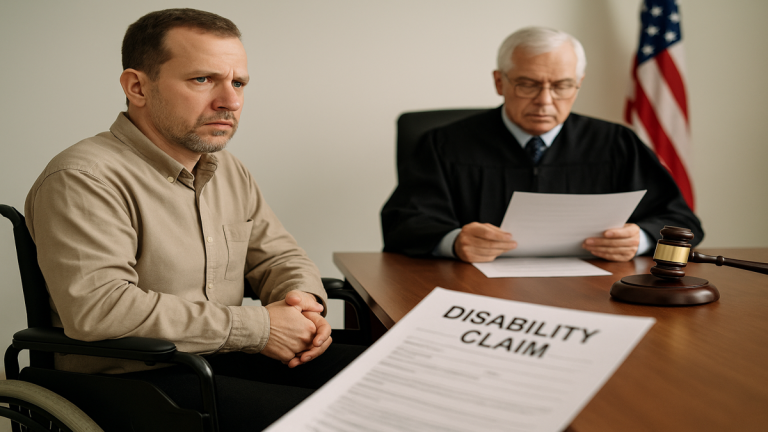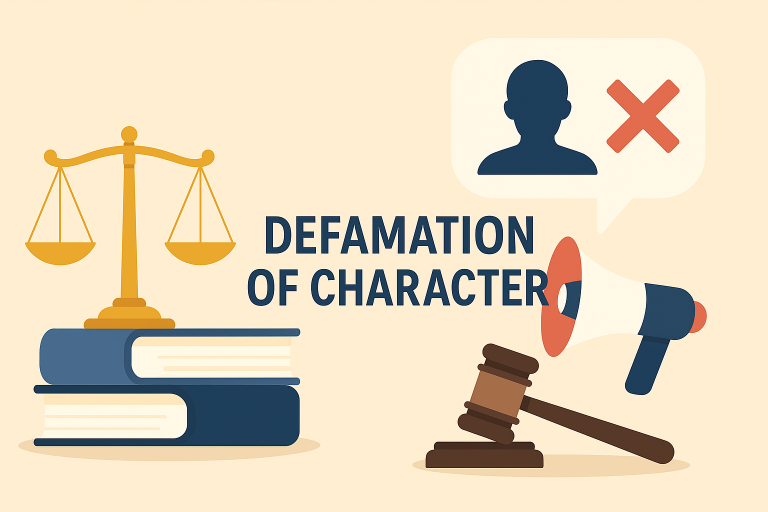The exploited teens industry is a phrase that refers to the youth programs that make money off vulnerable kids. Such programs offer therapy, discipline, or rehab for at-risk teens. Desperate families seek them out. But many of these programs have a sinister underside.
Reports and survivor accounts document a cycle of institutional abuse. Children have suffered physical abuse, emotional injury, sexual violence, neglect, and overmedication. A few have died as a result of unsafe practices. Investigations find that these centers frequently lack adequate scrutiny. Safety gives way to profit as children are left vulnerable to harm.
Lawsuits and advocacy efforts aim to hold individuals and organizations accountable. Survivors keep testifying, calling for reform and justice. To grasp this issue, one must look at its history, abuses, and long-term effects.
What Is the Exploited Teens Industry?
The exploited teen industry is not one type of program. It covers a wide range of facilities across the United States and abroad. These programs often market themselves as solutions for struggling youth. They claim to provide therapy, education, and discipline.
In truth, many operate without strong regulation. They present an image of safety but often conceal harsh realities. The lack of oversight creates an environment where abuse can thrive. Families, courts, and agencies still send children to these institutions. The result is a growing industry worth billions each year.
Examples of Programs
Programs vary in approach but share common patterns of exploitation.
- Residential treatment centers house children for long periods. They promise mental health treatment but often lack licensed staff.
- Wilderness therapy programs send teens into remote areas. Harsh conditions and isolation are used as control methods.
- Boot camps apply military-style discipline. Teens are subjected to punishment and intimidation.
- Reform schools focus on strict rules and labor. Many survivors describe cruel treatment.
- Therapeutic boarding schools combine academics with claimed therapy. Investigations reveal unsafe and abusive conditions.
Though marketed differently, these facilities often rely on profit-driven models. Care is minimal, and accountability is rare.
Documented Cases of Abuse
Public investigations and survivor accounts confirm widespread abuse. These cases highlight systemic failures and profit-first operations.
GAO Report, 2008
The Government Accountability Office (GAO) reviewed youth program cases from 1994 to 2006. It found multiple deaths linked to poor practices. Many programs relied on untrained staff. Physical restraints often caused injury and death.
GAO investigators posed as parents seeking help. They discovered deceptive marketing and exaggerated claims of success. The report exposed how programs misled families while endangering children.
NDRN Report, 2021
The National Disability Rights Network released Desperation Without Dignity. It described systemic abuse across for-profit facilities. Investigations spanned 18 states.
Findings included:
- Physical abuse such as hitting, dragging, and slamming.
- Emotional abuse including constant insults and humiliation.
- Sexual abuse committed by staff and peers.
- Unsafe restraints leading to deaths, including the case of Cornelius Frederick.
- Overmedication without oversight or consent.
- Unsanitary living conditions including lack of clean water and bedding.
The report labeled the abuse “nationwide and systemic.”
Survivor Testimonies
Survivors often share harrowing stories. Paris Hilton testified about daily abuse at Provo Canyon School. She described restraints, isolation, and humiliation. Other survivors create podcasts, write articles, or testify before lawmakers. Many describe long-term trauma. Their testimonies play a critical role in exposing the industry’s true nature.
Common Forms of Exploitation
Abuse takes many forms across facilities. Survivors consistently report harmful practices that leave lasting damage.
Physical Abuse
Staff often use force to maintain control. Teens are restrained, dragged, or struck. Some suffer broken bones or head injuries. Physical abuse is common and often hidden from outside scrutiny.
Emotional and Psychological Harm
Verbal abuse is frequent. Staff humiliate teens in front of peers. Insults and constant criticism destroy confidence. Survivors struggle with depression, anxiety, and feelings of worthlessness.
Sexual Abuse
Inadequate oversight allows sexual exploitation. Some staff prey on vulnerable teens. Others fail to prevent peer-to-peer assaults. Survivors describe long-lasting shame and fear.
Isolation and Restraint
Teens may be locked in seclusion rooms for extended periods. Physical restraints often escalate conflicts. Improper restraint has caused suffocation and death. Survivors recall helplessness and terror during these episodes.
Medical Neglect and Overmedication
Facilities often neglect medical needs. Some teens are denied treatment for injuries. Others are given psychiatric drugs without proper evaluation. Overmedication creates dangerous side effects. Neglect worsens existing conditions instead of treating them.
Long-Term Impact on Survivors
The effects of abuse do not end after leaving programs. Survivors carry trauma into adulthood. The long-term consequences impact mental health, relationships, and identity.
Psychological Trauma
Many survivors develop post-traumatic stress disorder (PTSD). Flashbacks, nightmares, and panic attacks disrupt daily life. Depression and hopelessness are common outcomes.
Identity and Trust Issues
Survivors often leave with damaged self-esteem. Many feel shame about identity, sexuality, or gender. Distrust of therapists and authority figures becomes a lifelong barrier.
Relationship Struggles
Forming healthy relationships becomes difficult. Survivors report issues with trust and communication. Some enter abusive relationships. Others withdraw into isolation to avoid vulnerability.
Risky Behaviors
Some survivors turn to drugs or alcohol to cope. Others engage in unsafe behaviors. These patterns complicate recovery and stability. Long-term impacts demonstrate the deep damage caused by early abuse.
Why the Industry Persists
Despite exposure, the industry continues to grow. Several factors explain its survival and expansion.
Profit Over Safety
The industry generates billions in revenue. Programs cut costs by underpaying staff and avoiding proper training. Safety and care take a back seat to profit.
Deceptive Marketing
Websites and advertisements promise healing. Referral services create false diagnoses to justify enrollment. Parent testimonials are incentivized with discounts. Families are misled into believing in safe environments.
Government Placement
Courts and agencies place children into programs. Facilities charge daily fees ranging from $130 to $800 per child. Government contracts ensure a steady flow of participants. Profits continue regardless of safety concerns.
Legal Issues in the Exploited Teens Industry
Legal challenges expose misconduct. Families seek justice through courts. These lawsuits cover multiple areas of abuse and negligence.
Abuse and Neglect
Claims highlight physical, emotional, and sexual abuse. Neglect of medical needs and safety is central to many cases.
Wrongful Death
Some families file lawsuits after losing children. Deaths often result from unsafe restraints or lack of medical care. These cases seek accountability for preventable tragedies.
False Advertising
Programs face suits for misleading claims. Families argue that marketing promised safety and therapy that never existed.
ADA Discrimination
In Alabama, lawsuits allege violations of the Americans with Disabilities Act. Children with disabilities were segregated in on-site schools. They were denied equal access to education.
Financial Exploitation
Families often face excessive fees and fraudulent billing. Some spend thousands with no benefit. Lawsuits seek compensation for financial losses.
Compensation in Exploited Teens Cases
Courts evaluate damages based on the harm caused. Compensation helps survivors recover and rebuild.
Medical Costs
Compensation covers therapy, hospital bills, and ongoing treatment. Survivors often require long-term mental health support.
Lost Opportunities
Abuse disrupts education and employment. Survivors may seek damages for lost income and future potential.
Pain and Suffering
Courts recognize emotional harm. Survivors may recover damages for trauma, fear, and diminished quality of life.
Punitive Damages
In cases of gross misconduct, courts may award punitive damages. These punish institutions and send warnings to others.
Notable News and Updates
Media coverage and lawsuits bring the issue to light.
- 2023: Lawsuits in Alabama target state agencies for ADA violations.
- 2022: Teen Vogue and Salt Lake Tribune report on wilderness therapy and weak regulations.
- 2021: Paris Hilton testifies before Utah lawmakers, raising national awareness.
Each event increases pressure for reform. Survivors gain platforms to share stories. Public awareness fuels legal and political change.
Industry Growth Despite Exposure
Despite scandals, the industry continues expanding. Investors see opportunities in steady public funding. Sequel Youth Services managed care for 19,000 children across 19 states in 2017. It reported revenue exceeding $42 million. The American Bar Association estimates 120,000 to 200,000 youth in such programs each year. About $23 billion in public money flows into the industry. Despite vast funding, staff shortages and poor facilities remain.
Path Toward Reform
Advocates push for systemic change. Survivors, lawmakers, and watchdog groups call for stricter oversight.
Stronger Laws
New federal and state laws can limit unsafe practices. Regulations should ban dangerous restraints and seclusion.
Staff Training
Facilities must employ qualified staff. Training standards should match professional healthcare requirements.
Transparency
Programs must disclose accurate information. Marketing must reflect real conditions, not promises.
Independent Inspections
Surprise audits keep facilities accountable. Independent reviewers reveal unsafe conditions.
Survivor Advocacy
Survivor voices remain crucial. Their testimonies shape laws, policies, and public awareness.
How Families Can Respond
Families play a role in prevention and accountability. Careful research reduces risks.
Warning Signs
Red flags include:
- Lack of licenses or accreditations
- Pressure to enroll quickly
- Vague details about staff or methods
- Histories of lawsuits or complaints
Taking Action
If abuse occurs, families should document evidence. Filing complaints helps regulators track misconduct. Seeking legal advice ensures accountability. Connecting with advocacy groups offers support and guidance.
FAQs About the Exploited Teens Industry
What is the exploited teens industry?
It is a network of profit-driven programs that often harm children under the guise of treatment.
What abuses happen in these programs?
Common abuses include physical violence, emotional harm, sexual exploitation, isolation, and unsafe medication.
What long-term impacts do survivors face?
Survivors often develop PTSD, depression, eating disorders, and relationship struggles.
Are these programs regulated?
Many operate under weak regulations, allowing unsafe practices to continue.
What lawsuits exist against this industry?
Families have filed lawsuits for negligence, wrongful death, ADA violations, and deceptive marketing.
How can families protect teens?
Families should research facilities, check for licensing, and seek independent evaluations.
Conclusion
The exploited teens industry demonstrates the ways in which commercially driven programs can harm children. Behind the veil of care, numerous teenagers are exploited, abused, and neglected. Years later, when they depart, survivors carry trauma. Families endure loss, trust breakdowns, and financial burdens. Investigations, lawsuits, and survivor accounts expose system failures. As scandals unfold, the industry remains lucrative.
Expansion is subsidized by public money while oversight is minimal. Activists protest for reform through tougher legislation, staff policies, and openness. Families need to remain alert. Society must care more about safety than about money. The survivors are calling for change immediately through their voices. Awareness is essential. Accountability is vital. Only then can generations yet to come be safeguarded from exploitation.




